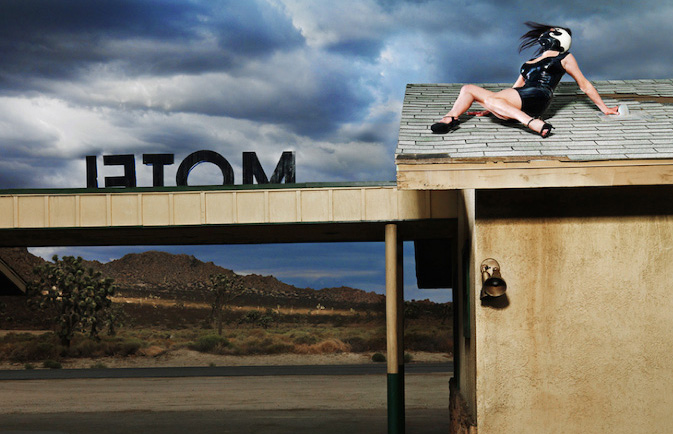
March 8, 2016
Exposure: Cement Sky by Marla Rutherford

Cement Sky by Marla Rutherford, 2007
A grungy motel. We know this kind of joint from the movies. Touch of Evil. Psycho. Vacancy. No Country for Old Men. Wild at Heart. The motel is a way station on the long drive to somewhere more salubrious, a place to rendezvous with a lover, or to hole up and hide from the law. Bad things tend to happen in these dingy roadside cabins, but their separation from the prying eyes of a bustling town is also liberating. The motel by the highway is a palace of dreams where private fantasies can unfold.
Who is the woman on the roof? Her dress is shiny black latex, she is wearing high heels, which couldn’t be less appropriate for clambering around on sloping tiles, and a close-fitting mask envelopes her head. A storm is brewing, whipping through her hair, and she appears almost to be defying the heavens, though her outfit and precarious position make no rational sense.
Marla Rutherford’s Cement Sky (2007) is from a personal project devoted to models who specialize in fetish wear. The aim of the series, she says, is to bring this world, once hidden and regarded as deviant, into the light, and to photograph the images with the colorful, high-key normality of an advertising campaign. In her work as a commercial photographer, located in Boulder, Colorado, Rutherford creates ads, editorial pictures, portraits, family scenes, and weddings, and uses the income to support her art practice. The fetish pictures often have an element of Surrealism as the bizarrely garbed women, looking like comic book superheroes of the erotic, collide incongruously with ordinary settings such as kitchens, bathrooms, and yards. Rutherford is attracted to people in costume, and in her highly staged fetish scenes, always lit with great care, she relishes the performers’ exhibitionism, role-playing, and ability to become outlandish new characters. “I live sexually vicariously through my models,” she says. Photography provides a passport into a subculture that would otherwise be closed to her.
Rutherford decides on a location and then develops a concept to match it. She acknowledges David Lynch as an influence on the atmosphere of some pictures, and that’s particularly true of the scenography and lighting here. Lacking any visible name other than “Motel,” the place exudes the raw quintessence of its typology. The drab walls become a backdrop to an essentially interior experience in which the model, probably contending with the sensory restrictions of the latex mask, experiences emotions and sensations the non-initiated viewer can only guess at. Rutherland makes the strange a little more familiar, and renders the familiar alluringly strange.
Observed
View all
Observed
By Rick Poynor
Related Posts
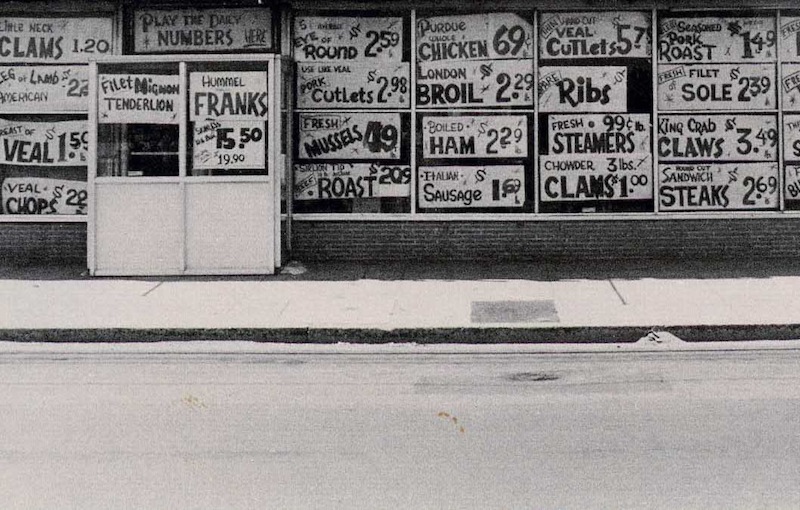
Exposure
Rick Poynor|Exposure
Exposure: Andy’s Food Mart by Tibor Kalman and M&Co
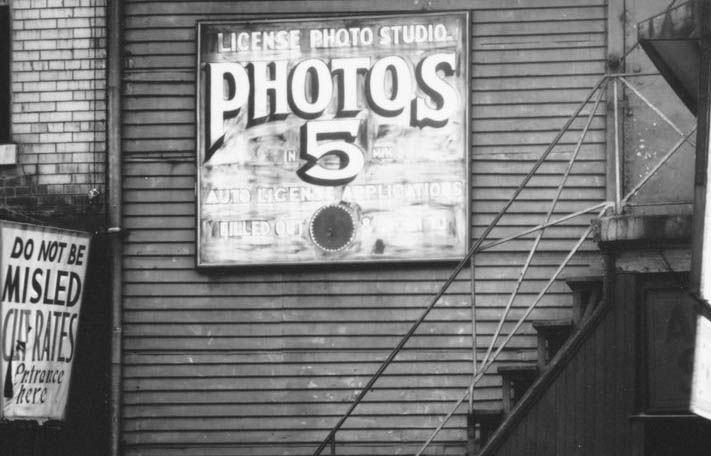
Exposure
Rick Poynor|Exposure
Exposure: License Photo Studio by Walker Evans
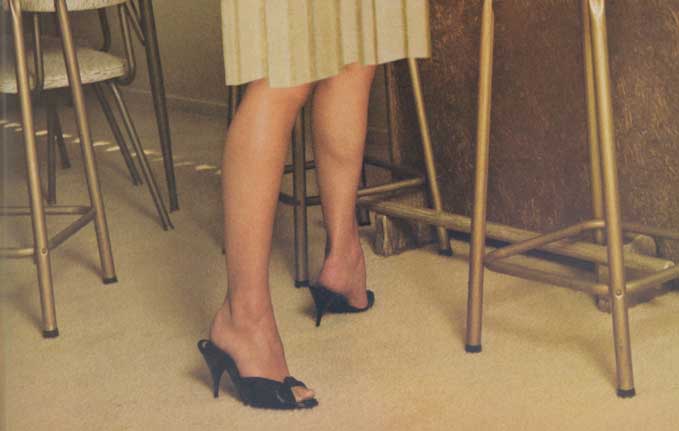
Arts + Culture
Rick Poynor|Exposure
Exposure: Drape (Cavalcade III) by Eva Stenram
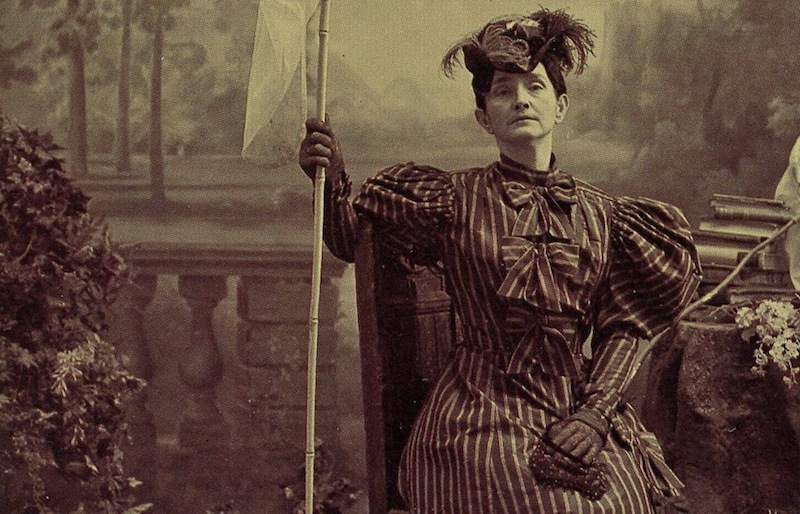
Arts + Culture
Rick Poynor|Exposure
Exposure: Mrs. E.N. Todter by Dion & Puett Studio
Recent Posts
Mine the $3.1T gap: Workplace gender equity is a growth imperative in an era of uncertainty A new alphabet for a shared lived experience Love Letter to a Garden and 20 years of Design Matters with Debbie Millman ‘The conscience of this country’: How filmmakers are documenting resistance in the age of censorshipRelated Posts

Exposure
Rick Poynor|Exposure
Exposure: Andy’s Food Mart by Tibor Kalman and M&Co

Exposure
Rick Poynor|Exposure
Exposure: License Photo Studio by Walker Evans

Arts + Culture
Rick Poynor|Exposure
Exposure: Drape (Cavalcade III) by Eva Stenram

Arts + Culture
Rick Poynor|Exposure

 Rick Poynor is a writer, critic, lecturer and curator, specialising in design, media, photography and visual culture. He founded Eye, co-founded Design Observer, and contributes columns to Eye and Print. His latest book is Uncanny: Surrealism and Graphic Design.
Rick Poynor is a writer, critic, lecturer and curator, specialising in design, media, photography and visual culture. He founded Eye, co-founded Design Observer, and contributes columns to Eye and Print. His latest book is Uncanny: Surrealism and Graphic Design.